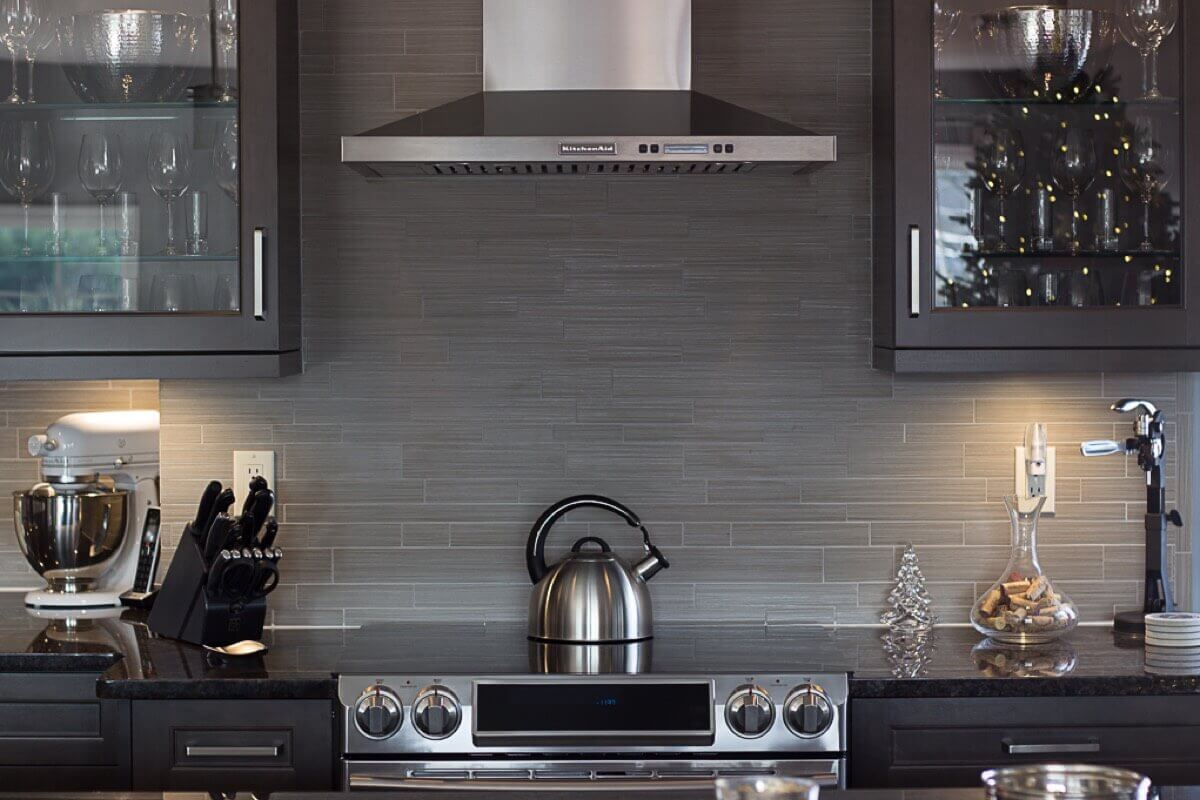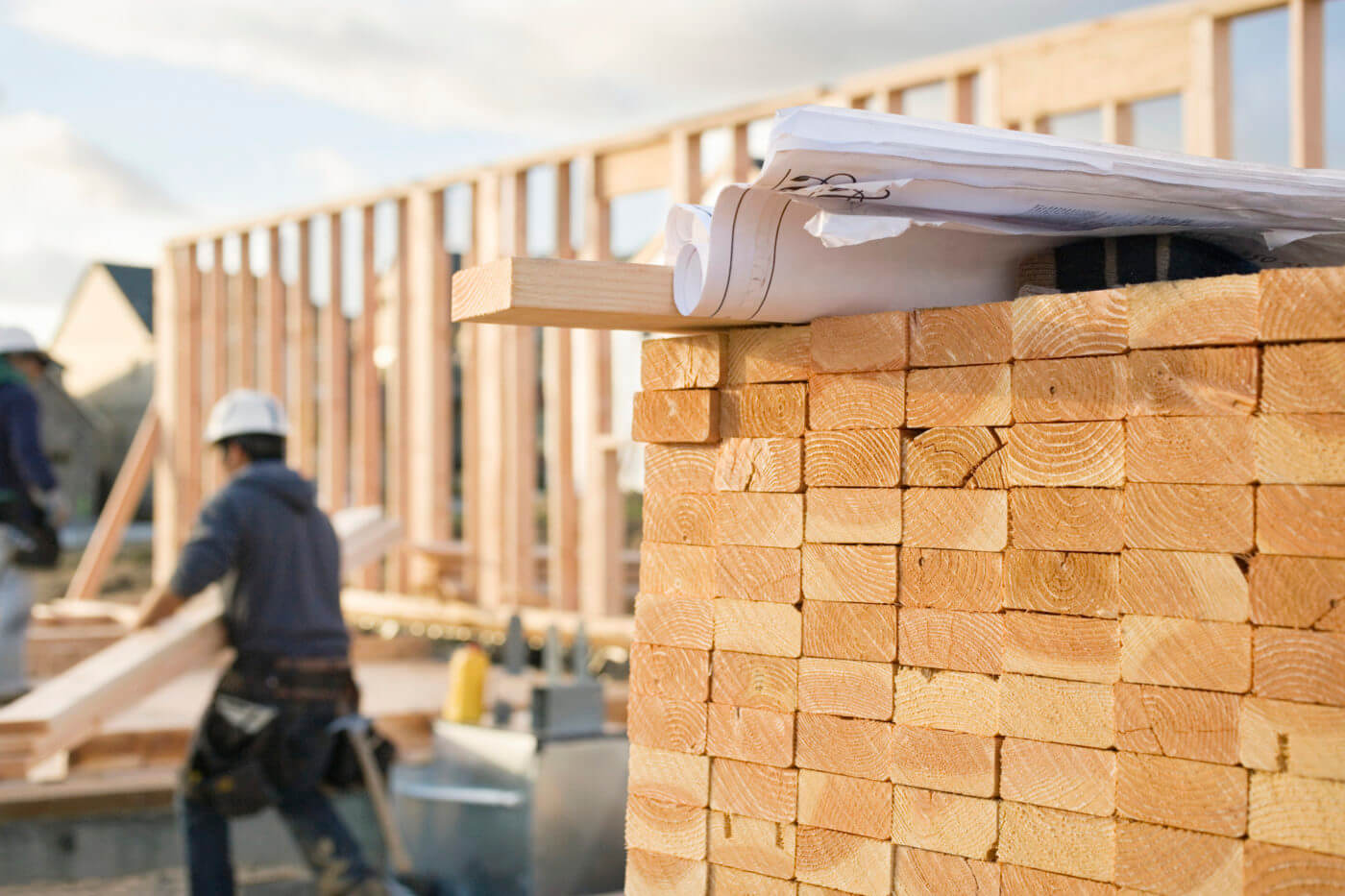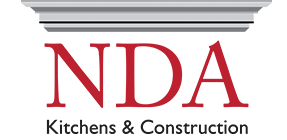Direct replacement kitchen

A direct replacement kitchen is a more straightforward, cost-effective option for updating your kitchen without altering its layout or structure. It involves swapping out old or worn kitchen components—such as cabinets, countertops, and fixtures—with new ones, but the overall design and floor plan remain the same. Below are more detailed aspects of what a direct replacement kitchen entails:
Key Features of a Direct Replacement Kitchen:
No Layout or Structural Changes:
- Same Floor Plan: The kitchen layout, such as the placement of the stove, sink, and refrigerator, remains unchanged. This means no need for plumbing or electrical work unless you’re upgrading appliances.
- Preserved Walls and Floors: The walls and floors are typically untouched, as the work focuses mainly on the replacement of visible elements. If you do want to replace the flooring or paint, that would be an additional choice but not required for the “direct replacement.”
Cabinet and Storage Updates:
- Cabinet Replacement: Existing kitchen cabinets are replaced with new ones, often made of more durable materials, or with a fresh design style. The new cabinets are tailored to fit within the existing cabinet spaces (same sizes, heights, etc.).
- Drawer and Hardware Upgrades: The drawers and cabinet hardware (e.g., handles and knobs) can be replaced, providing a fresh look and improving functionality, especially if the old ones are outdated or damaged.
Countertop and Backsplash Updates:
- Countertops: A key part of the replacement kitchen is updating the countertops. You may switch from old laminate to granite, quartz, or another modern, durable material. The new countertops will be installed over the existing cabinet base, with the same dimensions as before.
- Backsplash: Often, replacing the backsplash can be part of the project. You might select modern tiles or materials like glass, stone, or subway tiles for an updated look.
Appliance Replacement:
- Energy-efficient Appliances: A direct replacement kitchen is an opportunity to upgrade old appliances to more energy-efficient models without changing their placement. For instance, replacing an old refrigerator, stove, or dishwasher with newer, energy-saving options. If you prefer to keep your existing appliances, this can be skipped.
- Appliance Size Compatibility: When selecting new appliances, you’ll choose sizes that fit the space without needing to alter cabinetry or layout.
Cost-Effective and Time-Efficient:
- Affordable Option: Since the main structure of the kitchen remains the same, labor and material costs are typically lower compared to a full renovation or redesign. You’re primarily investing in new finishes and fixtures.
- Quick Turnaround: Replacing existing elements like cabinets and countertops generally takes less time than a full remodel. It can often be completed in a few weeks rather than months.
Customization:
- Personalized Design: Even though the layout doesn’t change, you still have the opportunity to personalize your kitchen’s aesthetic by selecting different finishes, colors, and materials for your new components (e.g., soft-close cabinet doors, granite counters, custom backsplashes, etc.).
- Functionality Upgrades: Even if the overall layout is unchanged, you can increase storage or functionality. For instance, installing pull-out shelves, lazy Susans, or dividers for better organization.
Minimal Disruption:
- Less Mess and Fuss: Since there’s no need for major construction or floor plan changes, the disruption to your daily life is minimal. You may not even need to move out of the space, though you’ll still have some temporary inconvenience as work is carried out.
- No Structural Work: There’s no need for structural changes like knocking down walls, shifting plumbing, or moving electrical outlets. This can save on both time and costs.


Typical Steps Involved in a Direct Replacement Kitchen:
Assessment & Design:
- First, the existing kitchen is assessed to determine what elements need to be replaced. Then, you’ll select new components (cabinets, countertops, etc.) based on your design preferences and budget.
- A designer may help, but this step is usually simpler than a full remodel since the layout stays the same.
-
Removal of Old Fixtures:
- The existing kitchen components are removed. This includes dismantling old cabinets, removing countertops, and taking out appliances if they are being replaced.
-
Installation of New Components:
- New cabinets, countertops, and backsplash are installed.
- If new appliances are being added, they are also installed in their existing spots.
-
Final Touches:
- After installation, finishing touches like caulking, sealing, and cleaning up are done. You might also want to update lighting or add new decorative elements to complement the fresh look of your kitchen.
Benefits of a Direct Replacement Kitchen:
- Lower Cost: Because it doesn’t require major alterations to the existing layout, it’s generally much more affordable than a full renovation.
- Efficiency: The process is quicker and can often be completed in just a few weeks.
- Less Hassle: There’s no need for major disruptions like electrical work, plumbing, or structural changes, making it a more convenient option.
- Eco-Friendly: If you’re able to donate or repurpose your old cabinets or appliances, it can be an environmentally friendly option, as you reduce waste.
Drawbacks:
- Limited Changes: Since the layout stays the same, you can’t completely change the kitchen’s flow or create a completely new design.
- Might Miss the Ideal Layout: If the current layout isn’t very functional, a direct replacement won’t fix that. To achieve a truly optimized kitchen, a full remodel might still be necessary.


